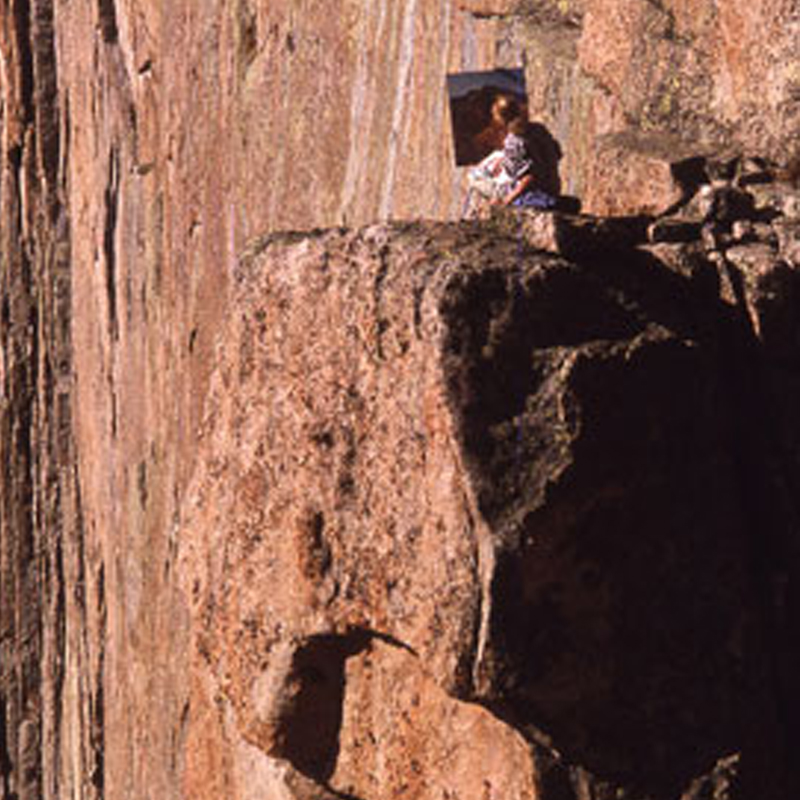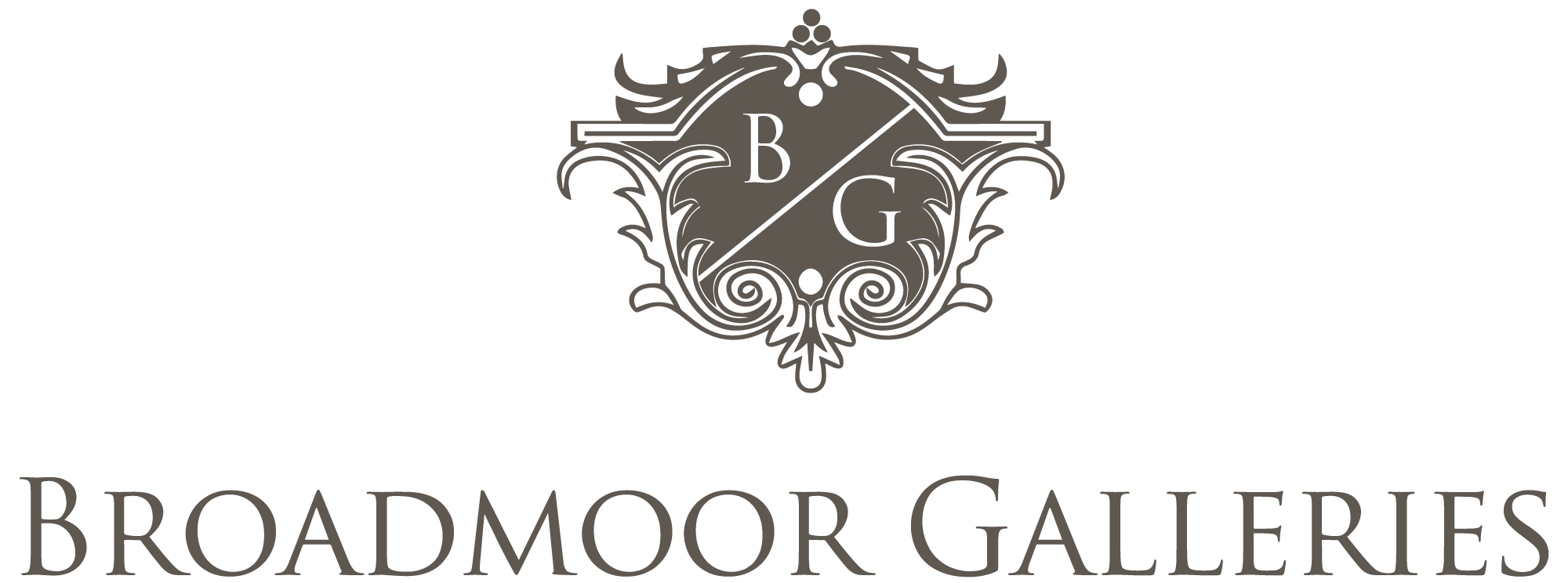BIOGRAPHY

I have been painting and drawing since I was young, but studied physics at Cornell and the University of Colorado. After a short work stint doing superconductivity research, I quit to become an artist. My desire was as much to be free and creative as it was to pursue art specifically. I have no professional art training, and consequently, much of my career has been spent trying to make paintings look visually correct. It is not my goal to make paintings look like photographs, but having some level of the necessary skills seemed like a good place to start. Besides, the challenge of fooling the eye is often hard to resist. Ultimately I strive to elicit the strongest possible emotional reaction in my paintings. That may be through an exact rendering of a scene, or through subtle abstractions that enhance the salient elements of a visual impression. The imagery itself can be powerful, or the way in which it is rendered.
As I grow older, I find myself more and more fascinated with subtle abstractions and artful rendering, than with visual correctness. I like to overemphasize important colors, use bold designs, and paint with gestural brushstrokes. There is a real joy when the painting takes on a life of its own, beyond the image being represented, and the art becomes the paint itself, and the way it is handled.
Still, my paintings tend to look very much like what they are representing. I guess that’s where you end up when you study science instead of going to art school. I live and paint in Colorado, but travel often, particularly in the winter to paint overseas where it is warm. I was a competitive marathon runner for many years and now use long runs to scout painting locations.
I prefer to work out of doors on location, but that is not always the case. When not painting I like to play the banjo and guitar. I am a big fan of street performing, which is a great way to meet people in foreign countries. Beyond my desire to create emotionally powerful scenes, to express the beauty I see in the natural world, there is the simple goal of enjoying the process itself. In general, I find that the more I enjoy the actual painting, the better the end result. If the pleasure is in the journey as much as the destination, you will have a good time wherever you go.





